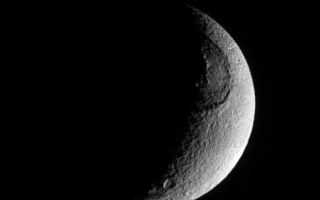
PIA07557: Texture of Tethys
|
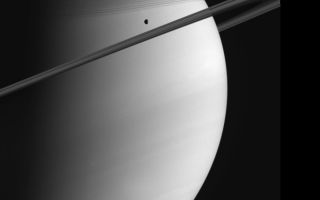
PIA07560: Saturn and Tethys
|
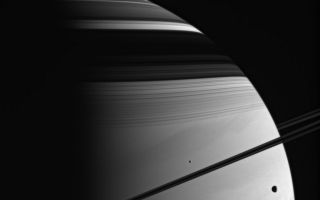
PIA07569: Supreme Beauty
|
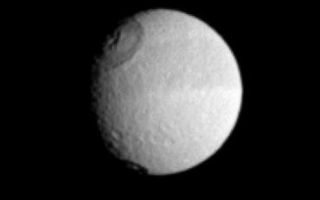
PIA07571: With the Band
|
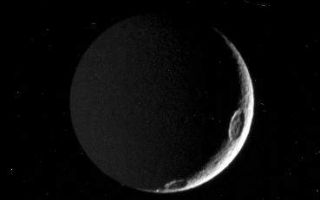
PIA07577: Tethys in the Dark
|
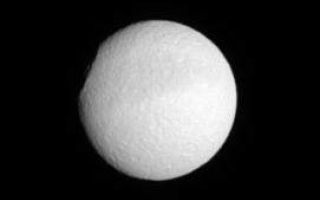
PIA07589: Profile of Odysseus
|
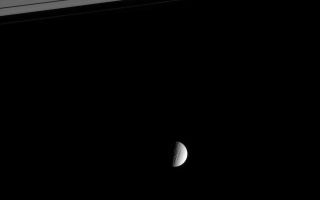
PIA07607: Gazing at Icy Canyons
|
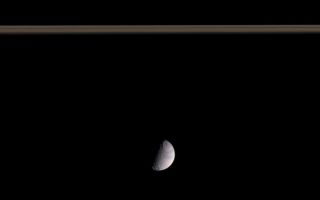
PIA07617: Hue and Contrast
|
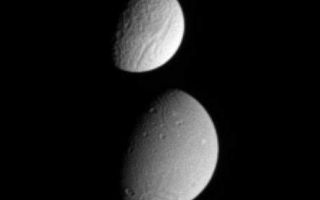
PIA07621: Tethys Meets Dione
|
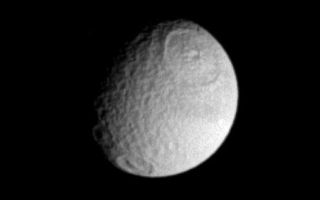
PIA07622: Big Bangs on Tethys
|
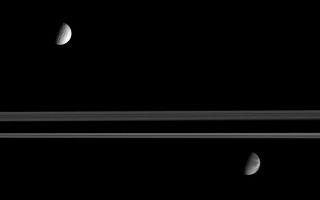
PIA07623: Moons with Separate Paths
|
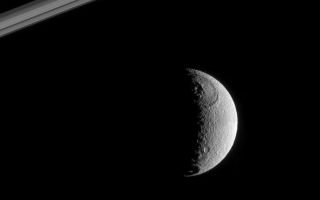
PIA07640: Rough Sphere of Tethys
|
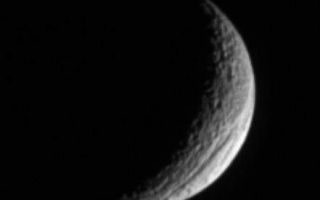
PIA07662: A Truly Grand Canyon
|
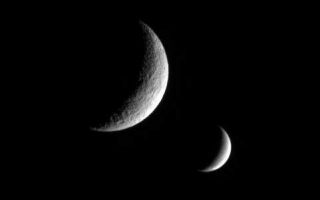
PIA07664: Envious Tethys
|
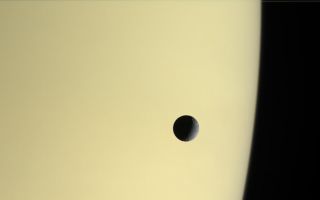
PIA07667: Adrift at Saturn
|
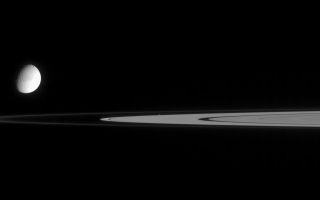
PIA07682: Speck of a Moon
|
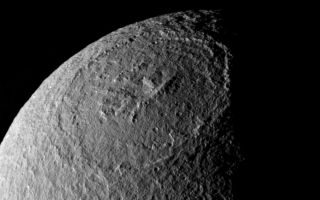
PIA07693: The Great Basin
|
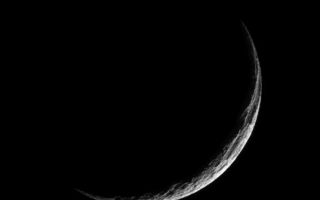
PIA07698: Grim Tethys
|
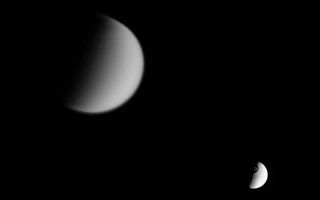
PIA07705: Tethys and Titan
|
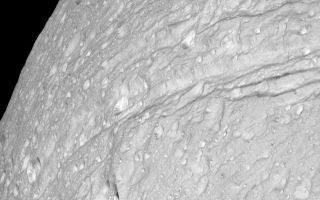
PIA07734: Steep Scarps
|
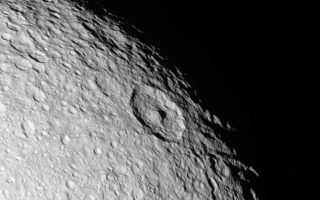
PIA07735: Old Northern Terrains
|

PIA07736: "Hi-Res" on Tethys
|
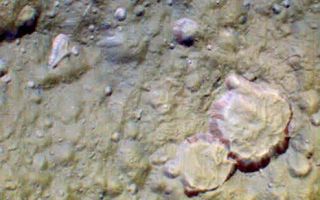
PIA07737: "Hi-Res" on Tethys - False Color
|
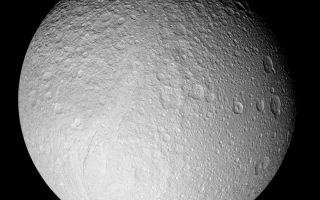
PIA07738: Tethys in Full View
|
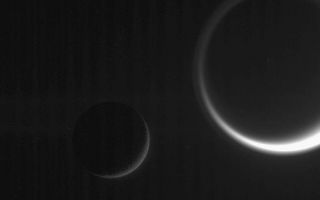
PIA08124: Saturnian Specters
|
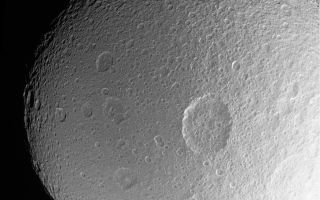
PIA08149: Penelope Crater
|

PIA08185: Cratered Crescent
|
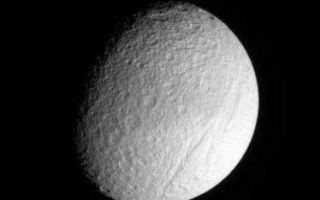
PIA08205: Torn-up Terrain
|
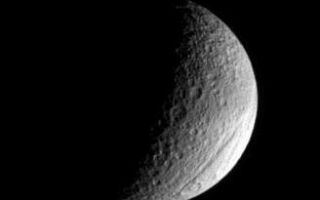
PIA08251: Tethys Is Gorges
|
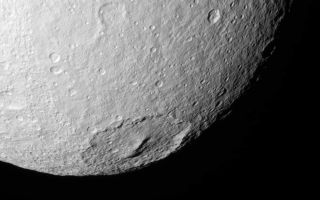
PIA08254: Toward Melanthius
|